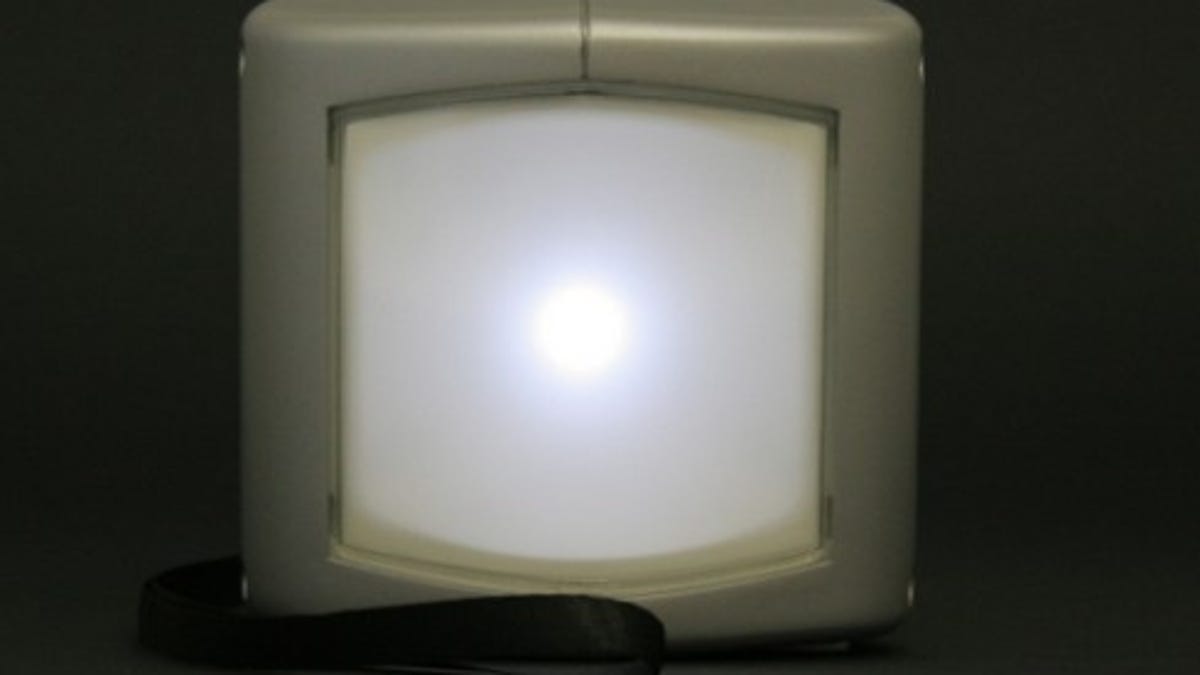d.light rolls out affordable solar LED lamps
Venture-backed d.light design is launching a line of solar-powered LED lights for the developing world.

Billions of people continue to burn dangerous and costly kerosene in lamps to see at night.
Start-up d.light design, which aims for no less than to eliminate kerosene around the world within a decade, is launching three off-grid lighting products for developing regions.
"We believe that 1.6 billion people without regular access to electricity deserve high-quality, safe and dependable light that they can afford," said Sam Goldman, CEO of New Delhi, India-based d.light design, in a Monday statement.
Three lights from d.light will cost $30 or less and are designed to be cheaper for people in rural areas than continuing to buy flammable, fume-emitting kerosene.
The annual market for kerosene in Africa alone amounts to $17 billion, according to the World Bank.
The Nova light, whose prototype was called the Forever-Bright, will run between $15 and $30. Its solar or AC-chargeable battery is built to last two years. If charged all day in the sun, the solar panel is supposed to provide up to eight hours of light.
The portable, compact fluorescent Vega model costs $10 to $16 and is supposed to take up to eight hours to charge, providing an hour of light for each hour of charging. Both the Nova and Vega include handles, from which they also could be hung from a wall.
The company touts the Comet desk lamp, which costs between $8 and $15, as the world's most affordable solar light.
The products include LEDs from South Korean Seoul Semiconductor, which are supposed to be up to 50 percent more efficient than fluorescent bulbs.
Goldman described how the idea for d.light came to him while serving in the Peace Corps in Benin, West Africa, where a friend's son was badly burned by fire from a kerosene lantern.
Goldman and co-founder Ned Tozun developed their business during a spring 2006 Stanford University graduate class about entrepreneurial product design for emerging markets. They won $250,000 in the 2007 Draper Fisher Jurvetson Venture Challenge.
Other start-ups also seek to provide safer lighting to the billions of people who live on about a dollar a day.
Houston-based SunNight Solar sells the $25 solar-powered Super BoGo LED flashlight with NiMH batteries. For each light purchased, the company pledges to donate one $25 "buy one, give one" light to someone in a developing region. The company's production line of 1,000 lights hit snags in June.
Cosmos Ignite Innovations of London produces the $45 MightyLight, a solar-powered LED built to last three decades of average use of eight hours each day.
Barefoot Power from Melbourne, Australia, is working on solar-charged LED and compact fluorescent lights.
In San Francisco, Potenco is developing a yo-yo-like device for charging batteries, small lanterns, and cell phones. It aims to launch its pull-cord generator in 2009 following field tests in South America, Africa, and Asia.
Other companies are exploring hand-cranked or fuel cell-powered lighting, which d.light has called more costly and less durable than what it has developed.
This post was updated to correct the spelling of Ned Tozun's name.